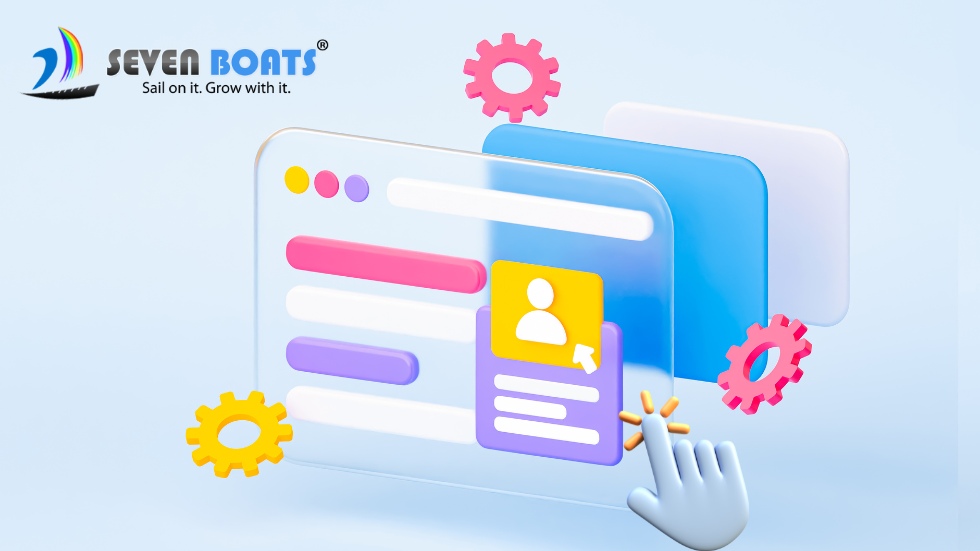In the realm of digital interactions, engagement has emerged as a pivotal metric for measuring the success and impact of various online platforms, whether they are websites, social media platforms, or mobile applications. One crucial aspect of engagement that often goes overlooked is “engagement time.” In this article, we will delve into the concept of engagement time, exploring what it entails, why it matters, and how it can be effectively leveraged to create more meaningful user experiences.
Defining Engagement Time on a website
Engagement time refers to the duration for which a user actively interacts with a piece of content, a platform, or an application. It’s not just about the number of clicks, likes, or shares; it goes deeper into understanding how long users spend actively participating, contributing, or immersing themselves in a digital environment. This metric provides insights into the quality of interactions, the level of interest generated, and the overall effectiveness of the user experience.
Engagement time on a website refers to the amount of time a user spends actively interacting with a website. It is a key performance indicator in digital analytics as it helps measure the effectiveness of a website in retaining user attention.
These interactions can involve various activities such as scrolling, clicking, typing, or even watching videos. Higher engagement time usually indicates that the user finds the content interesting, relevant, and valuable, which can lead to higher conversion rates.
However, it’s important to note that engagement time alone isn’t a complete measure of website success; it needs to be evaluated alongside other metrics like bounce rate, pages per session, and conversion rate for a holistic understanding.
Importance of Engagement Time
A higher engagement time usually indicates that the content is interesting, valuable, and relevant to the user. This can lead to better user experience, more conversions, and increased customer retention.
The Significance of Engagement Time
- Quality over Quantity: Engagement time emphasizes the importance of quality interactions over sheer volume. A user spending a substantial amount of time engaging with content is more likely to have a deeper understanding and connection with it.
- Capturing Attention: Longer engagement times indicate that the content or platform has successfully captured the user’s attention and maintained it over time. This is especially relevant in a world characterized by short attention spans.
- Building Relationships: Meaningful engagement time fosters a sense of relationship between the user and the content provider. This can lead to increased brand loyalty, trust, and a higher likelihood of return visits.
- Interactive Experiences: Platforms that encourage longer engagement times often provide interactive and immersive experiences, enabling users to actively participate rather than passively consume.
Types of User Interaction
Interactions can include various activities such as scrolling, clicking on links or buttons, typing into forms, watching videos, or any other actions that require user activity.
Factors That Influences Engagement Time
Several factors contribute to the duration of engagement time:
- Content Relevance: When content aligns with a user’s interests and needs, they are more likely to spend time engaging with it.
- Interactivity: Interactive elements such as polls, quizzes, and comment sections encourage users to stay engaged for longer periods.
- Personalization: Tailoring content to individual preferences enhances the likelihood of prolonged engagement.
- Visual Appeal: Visually appealing content, accompanied by relevant multimedia, can hold a user’s attention for longer.
- Ease of Use: Intuitive navigation and user-friendly interfaces prevent frustration and encourage extended interaction.
How To Levarage Engagement Time
- Content Strategy: Crafting compelling, valuable, and relevant content is fundamental. It should be designed to encourage users to explore, interact, and spend time engaging.
- User-Centric Design: Prioritize user experience and create interfaces that are easy to navigate, visually appealing, and conducive to interaction.
- Interactivity: Incorporate interactive elements that encourage users to actively participate, share opinions, and contribute to discussions.
- Personalization: Utilize data-driven insights to deliver content that resonates with individual users, enhancing the chances of longer engagement.
- Feedback Loop: Encourage user feedback and respond to comments, fostering a sense of community and prolonging engagement.
Related reading: How to engage users on your website?
Tools to Measure Engagement Time
There are several tools available to measure engagement time, including Google Analytics, Hotjar, Crazy Egg, and many others. These tools not only measure time but also provide heatmaps, scroll maps, and other visual representations of user behavior.
Improving Engagement Time
There are several strategies to improve engagement time. These include improving website design and usability, providing high-quality and relevant content, optimizing page load speed, and ensuring the website is mobile-friendly.
Limitations of Engagement Time
While it’s a valuable metric, engagement time should not be viewed in isolation. It should be evaluated alongside other metrics like bounce rate, pages per session, and conversion rate for a holistic understanding of website performance.
Engagement Time vs. Session Duration
It’s important to differentiate between session duration and engagement time. Session duration refers to the total time spent by a user during a single visit, including passive time. On the other hand, engagement time specifically focuses on active interaction time.
Conclusion
In the digital landscape, engagement time serves as a vital metric for assessing the effectiveness of user interactions. It shifts the focus from mere clicks and views to the duration users actively spend engaging with content or platforms. By understanding the factors that influence engagement time and employing effective strategies to enhance it, businesses and content creators can forge deeper connections with their audiences, foster loyalty, and ultimately create more enriching online experiences.








Thanks For sharing the Lead Generation Services With B2b And Real Estate.I hope this article will help me to generate leads